A guest post from Rebecca Sadtler, this year’s Bard Graduate Center MA Student Placement.
There are few things more exciting to a young fashion historian than opening an unassuming drawer and uncovering Christian Dior’s famous New Look ‘Bar’ suit tucked inside, or a Balenciaga evening dress of brilliant cerise silk taffeta, or even a silvery gown by Pierre Balmain glittering with rhinestones and embellished with whimsical ostrich feather plumes. These beautiful objects were all part of my last day on placement at the Clothworkers’ Study Centre, which also included catching a glimpse of another fabulous sartorial creation, this one by Madeleine Vionnet, a pioneering French designer (and one of my favourites) renowned for popularizing the bias cut during the early twentieth century.
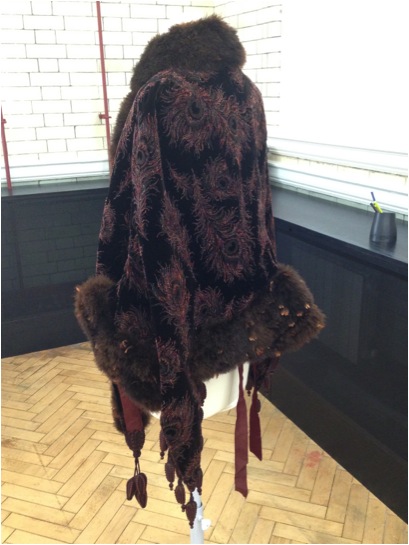
As a soon-to-be second year MA student specializing in fashion history and theory at the Bard Graduate Center in New York, I could barely contain my excitement on such occasions. Amazing as these moments were, the routine, practical responsibilities of my primary, day-to-day project-based work were equally rewarding, engaging, compelling and inspiring.
My six-week placement at the V&A was divided between two departments: the Research Department and the Furniture, Fashion and Textiles Department, which enabled me to spend part of my time at the Clothworkers’ Study Centre at Blythe House. While I was able to work with the dresses, waistcoats, shoes and hats of my dreams on more than one occasion, I spent the majority of my placement working on a very different project which involved uploading just over 1,500 photographs of textiles classified as ‘animal products’ during the late nineteenth century to the museum’s internal database. Through this process, the images were also published to the V&A website’s Search the Collections feature for the first time. So what did this involve? Well, a couple of database training sessions, much patience and careful attention to detail, but also an opportunity to communicate and collaborate with colleagues across two museum departments and institutions and to learn more about a dynamic intersection between fashion, science and museum studies using these objects as a starting point.
Meetings and conversations with fashion curators Edwina Ehrman and Jenny Lister about their current research on the subject were instructive and fascinating. Their enthusiasm brought the images on my computer screen to life. From their work, I learned that around eight-hundred objects of the original Animal Products Collection, which the museum acquired as a result of the Great Exhibition in 1851, have survived at the V&A. Today, they form part of the museum’s Textiles and Fashion Collection. My digitization project culminated in a research trip to the V&A’s Museum Of Childhood in Bethnal Green, where the Animal Products Collection was displayed from 1872 following the location’s opening. Coincidentally, there was a cat lounging outside the museum on that sunny day, a lovely sighting that seemed amusingly appropriate. Paging through the register files in the museum’s archive and attempting to decipher handwritten notes scribbled in the margins was thrilling and alluded to the textiles’ complex history of which the photographs I worked with during the previous weeks were now part.
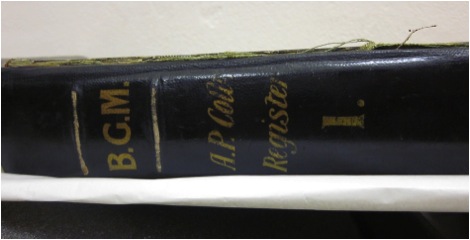
It was exciting to see how small tasks such as uploading images to the museum’s database or opening drawers at Blythe House to retrieve objects for research appointments fit into much larger projects aimed toward furthering our understanding of the V&A’s vast and varied collection, often leading to weird and wonderful discoveries of its history (i.e. the V&A once collected a variety of animal waste products..!) My time spent working on this specific project, and my placement experience as a whole, expanded my practical skill set in terms of digital savvy and object handling, but also added valuable insights to my understanding of the layered relationship between research-based curatorial practice, object-based learning and collections management procedures.
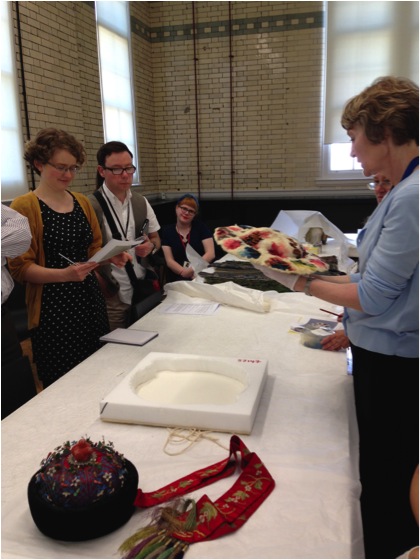
These varied experiences were also a great outlet for my academic interests in fashion, increasing my awareness of all things fur and feathered, and encouraging me to push traditional disciplinary boundaries as I continue my studies. I also realized that it’s perfectly acceptable and completely normal to get a little too excited about museum objects every now and then…whew!
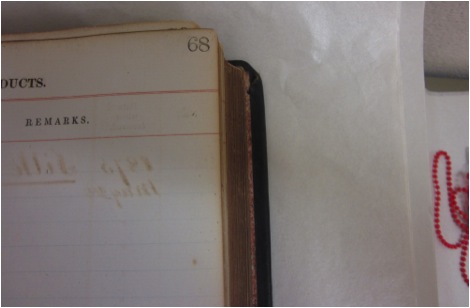
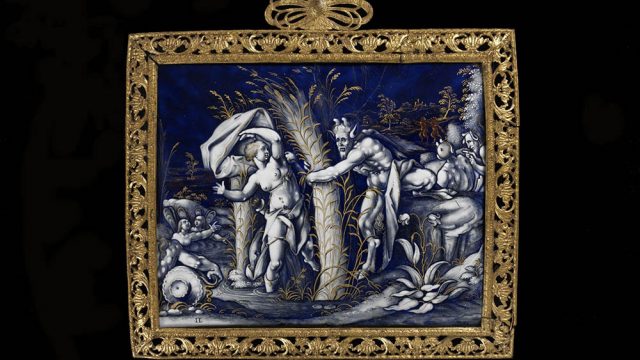

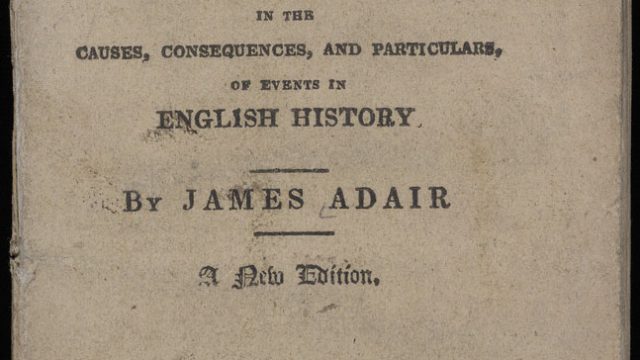
Thank you for this delightfully refreshing AND informative ‘guest post’ by Rebecca Sadtler … We thoroughly enjoyed it!